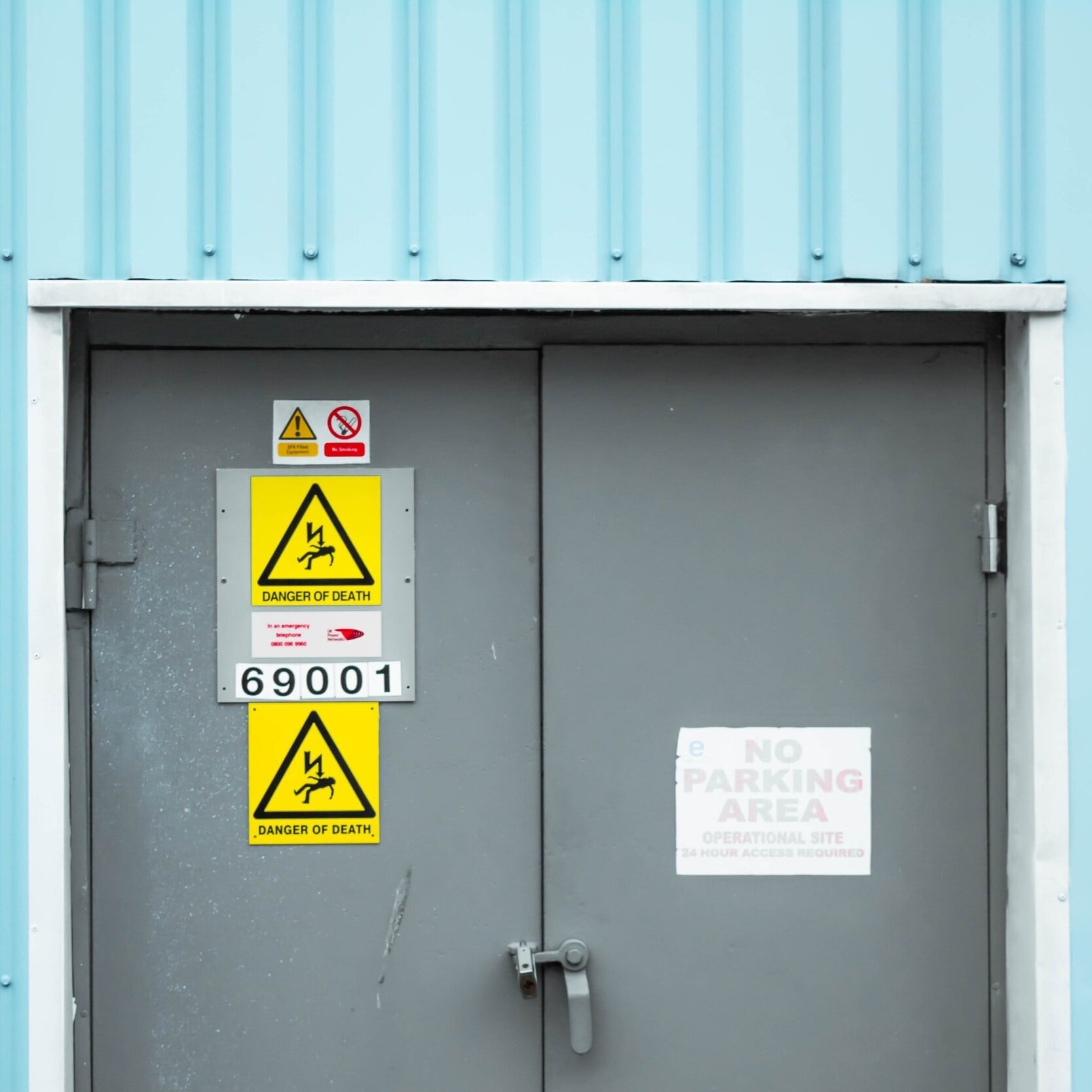
Industry Insights

Proxxi’s Fall 2023 Newsletter
With this update we are bringing you real customer insights on trust in LOTO, a case study from a customer using Proxxi Voltage in the field, as well as a newly released app that will help you ensure your wristbands are updated and synced.

Proxxi’s September Newsletter
With many folks in the northern hemisphere returning from summer vacations, this September is sure to be a busy one for all, so we’ve kept this month’s newsletter short and sweet.

Proxxi’s August Newsletter
This month we’re bringing you content that fits into your day, whether that's the time to dig into our newest case study, or a quick moment to flip through our 4-slide infographics.
So whether you’re holding down the fort in the office, taking time off with family, or celebrating National Golf Month on the green, you’ll find something that works for you.

Proxxi’s July Newsletter
For us in the northern hemisphere, July signals the beginning of summer fun - vacations, beach days, and time with the family. But as all of those in the EHS space know, safety doesn’t take a vacation, and distractions about upcoming holidays can result in disastrous consequences.

Proxxi’s June Newsletter
From Electrical Safety Month in May to Safety Month in June - Proxxi is here to help you protect your workers.

Proxxi’s May Newsletter
May is Electrical Safety Month. What will you and your organization be doing to help improve electrical safety for your team members?

Proxxi’s February Newsletter
In January we saw the busiest month for our Proxxi Contact system, as everyone adapted to Omicron and redeployed their contact tracing methods. But that’s not all that kept us busy! Read more for our new posts and system updates.

Proxxi’s October Newsletter
In autumn 2020, many nations in the northern hemisphere saw an increase in cases of COVID-19. How will we fare this fall? Last month we shared the first posts in our vaccine and Delta blog series. This month, we bring you more of what you need to know.

Workplace Accidents: Situational or Systemic?
In the workplace, EHS teams aim to improve safety outcomes and decrease the likelihood of workplace accidents. In some organizations, these efforts focus on the individual, citing the specific situation as the cause of an incident. However, although accidents are relatively rare, near misses are much less so. The absence of an accident does not always indicate an absence of risk. When you combine both near misses and accidents, similarities can be found, and more systemic causes can be identified.

The Risk of Perceived Risk - Part 2: Perceived Risk and Workplace Safety
Perceived risk can be highly inaccurate, as it is influenced by factors such as risk tolerance and risk normalisation. This inaccuracy of perceived risk can have huge trickle-down effects on workplace safety: from which risks are seen by management as a hazard, to likelihood of following safety procedures among workers.

Feedback Loops and Organizational Safety: How to Effectively Promote New Safety Habits in the Workplace
When it comes to rolling out new safety processes or implementing existing ones, getting uptake from workers can be challenging. In some cases, they may be purposefully resistant. In others, they may just be unconsciously following a habit. In the case of the second scenario, there is a process of unlearning and relearning that has to take place before this unsafe habit is replaced with a new, safer habit.

Near Misses and Self-Reporting: Part 2 - How Can Near Miss Reporting Rates be Improved?
Missing data is a big issue when it comes to near miss reporting. This missing data impacts safety planning, preventative measures, and ultimately, the future safety of all workers. Once the reason or reasons for workers not reporting near misses has been identified, the next step is to combat those factors.

Near Misses and Self-Reporting: Part 1 - How Many Near Misses are Missed?
Every job has hazards, and if those hazards are not appropriately handled then any job can become a dangerous one. The creation and implementation of workplace safety measures is heavily reliant on self-reporting of near misses. However, near misses are not always reported. It is important to understand the reasons behind this lack of reporting, how to resolve it, and what else can be done in order to ensure workplace safety and worker health.

Proxxi’s June Newsletter - 2021
Did you know that June is National Safety Month? In 2019 the US saw the highest number of workplace deaths since 2007, and in 2020 a great many of us worked from home. With workers returning on site, it is important to ensure your safety practices are not only compliant, but also comprehensive.

Navigating Risk: The Importance of Planning for Low Probability, High Impact Risks
When an event is viewed as unlikely, it can be easy to shrug off risk. Many behaviours in the workplace can be viewed as “safe” when they are actually low-probability risks. However, because many of our actions in the workplace are performed over and over again, mitigating this risk becomes more important. The more times an action is performed, the more likely something will happen, even if the probability is low.

Safety in the Workplace: Part 2 - Creating a Culture of Safety
An unsafe work culture may not come out of malicious intent. There are a great many factors that can come into play. For example, employees may be afraid of the consequences of reporting unsafe work, they may not know how to report concerns, or they may believe the risks conditions are normal.

Safety in the Workplace: Part 1 - Who is Responsible?
Most countries and regions have established safety regulations for the workplace. Different roles within the organization have different responsibilities for their own and for others safety in the workplace. It’s important to know who is responsible for what, and what ramifications can result from violations of these responsibilities.

Exploring Financials: The Value of Life and Workplace Safety
Often implementing safety measures comes at a cost to the organization, and depending on the likelihood that those measures will prevent an injury or fatality, this cost can outweigh the benefit.

Proxxi’s April Newsletter - 2021
Did you know that April 7th is World Health Day? Supporting the health and safety of business and their employees is Proxxi’s key driver. We strive to bring you pertinent information for workplace health and safety topics in our monthly newsletters, and April is no exception.

How to Use the Hierarchy of Hazard Control in Your Workplace Safety Plan
When building a workplace safety plan, there are many different approaches to take. Certain aspects of workplace safety are governmentally mandated, but even within those mandates there are different ways in which safety can be achieved.
Safe workplaces save money, have more productive employees, have a better community image, and, or course, prevent workplace injury and illness.
